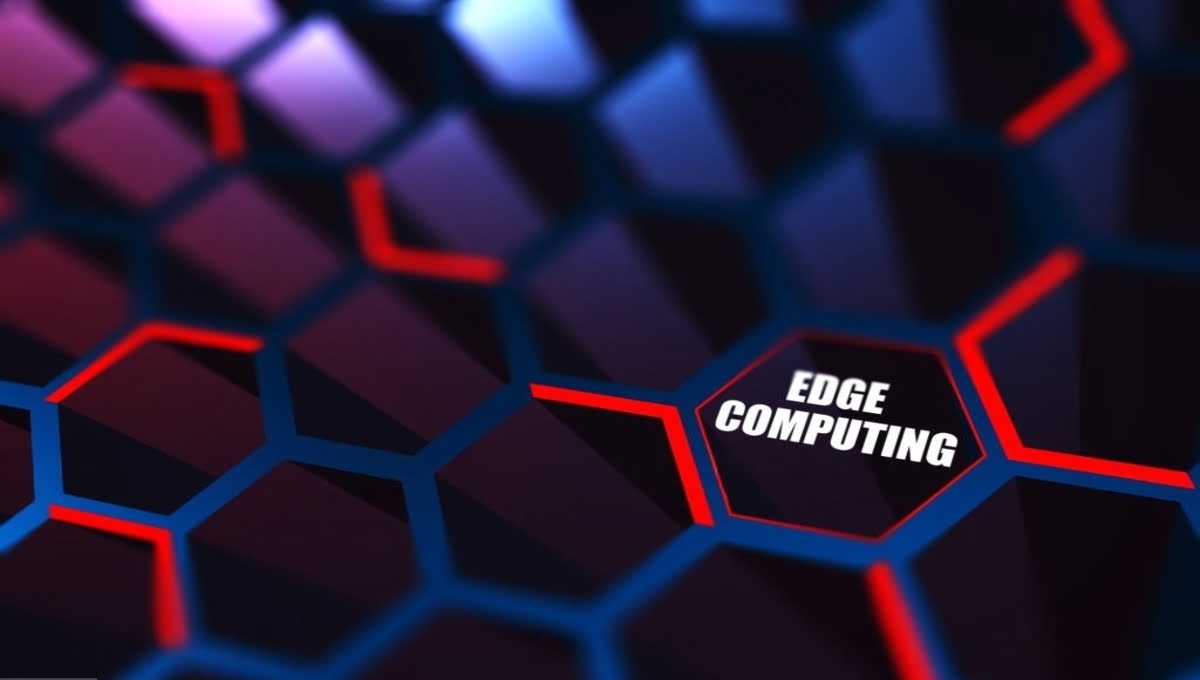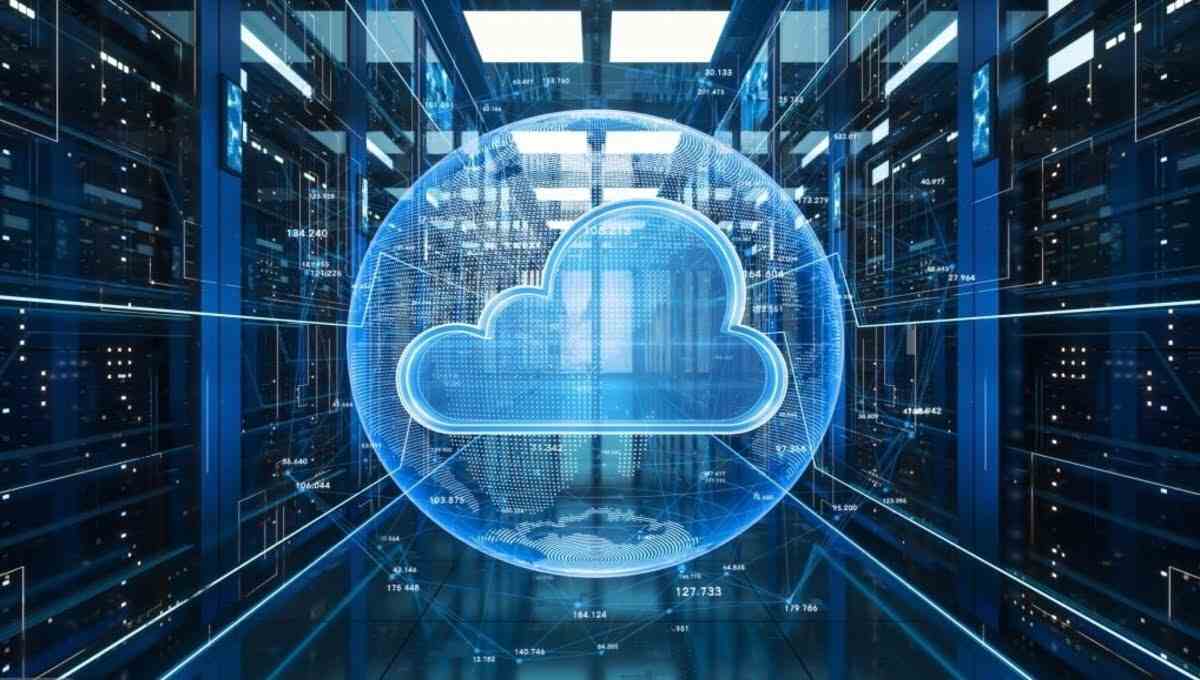CLOUD COMPUTING
Relationship between edge and cloud computing

Introduction
The ideas of edge computing and cloud computing are at the forefront of innovation in a technological environment that is continually changing. These two paradigms work together rather than in rivalry, to satisfy the various requirements of contemporary applications. To fully utilize their combined potential, it is essential to comprehend both their unique traits and how they interact.
Understanding Edge Computing
Defining Edge Computing
Edge computing is a decentralized computing model that brings data processing closer to the source of data generation. Unlike traditional cloud computing, where data is transmitted to remote data centers for processing, edge computing involves processing data on devices or local servers, often located at the “edge” of a network. This proximity reduces latency, enabling real-time processing for time-sensitive applications.
Advantages of Edge Computing
Edge computing offers several advantages, including reduced latency, improved response times, and enhanced data privacy. By processing data locally, edge computing minimizes the time it takes for data to travel back and forth between devices and distant data centers. This is especially crucial for applications like autonomous vehicles and industrial automation, where split-second decisions are essential.
Exploring Cloud Computing
Defining Cloud Computing
Cloud computing, on the other hand, involves the delivery of computing services—such as storage, processing power, and databases—over the internet. It operates on a centralized model, where data and applications are stored and processed in remote data centers. Users can access these resources on-demand, eliminating the need for extensive local infrastructure.
Benefits of Cloud Computing
Cloud computing offers scalability, cost-efficiency, and flexibility. Organizations can scale their computing resources up or down based on demand, reducing the need for excessive hardware investments. Additionally, cloud services provide a platform for collaborative work, enabling teams to access shared resources and work on projects in real time.
The Symbiotic Connection
Complementary Roles
The relationship between edge computing and cloud computing is not one of competition but of collaboration. They serve different purposes within the larger technological ecosystem. Edge computing excels at processing data from local devices in real time, while cloud computing shines in handling massive data storage and resource-intensive tasks.
Data Offloading and Processing
Edge devices often collect substantial amounts of data that require immediate processing. However, not all data needs real-time analysis. In cases where historical analysis, complex computations, or long-term storage is necessary, data can be offloaded to the cloud. This symbiotic approach optimizes resource utilization and ensures efficient data management.
Use Cases and Applications
Edge Computing Use Cases
Edge computing finds applications in various industries. In healthcare, wearable devices can monitor patients’ vital signs and transmit critical data to nearby edge servers for instant analysis. Smart cities utilize edge computing to manage traffic flow and monitor environmental conditions in real time. Moreover, retail outlets deploy edge computing to enhance personalized customer experiences through real-time analytics.
Cloud Computing Use Cases
Cloud computing caters to a wide array of applications. Businesses leverage cloud services for data storage, customer relationship management, and enterprise resource planning. Content streaming platforms rely on the cloud to deliver seamless experiences to users worldwide. Furthermore, cloud-based machine learning and artificial intelligence services empower organizations to extract insights from vast datasets.
Challenges and Considerations
Edge Computing Challenges
Edge computing introduces challenges related to device heterogeneity, network connectivity, and security. The distributed nature of edge devices requires careful management to ensure consistent performance and security updates. Additionally, maintaining reliable connectivity and protecting data at the edge pose unique challenges.
Cloud Computing Considerations
Cloud computing involves concerns such as data privacy, vendor lock-in, and potential downtime. Entrusting sensitive data to third-party cloud providers requires robust security measures and compliance with regulations. Organizations must also consider the potential impact of service outages on their operations.
Bridging the Gap with Hybrid Solutions
As technology advances, hybrid solutions that combine edge and cloud computing gain prominence. These solutions offer the best of both worlds—real-time processing at the edge and extensive resources in the cloud. This approach is particularly useful for applications that require immediate response times as well as the computational power of the cloud for in-depth analysis.
Future Trends and Implications
Evolving Architectures
The relationship between edge computing and cloud computing is expected to evolve further. Edge devices may become more capable, performing advanced analytics locally. Meanwhile, cloud infrastructure will continue to expand, accommodating the increasing demand for storage and computational resources.
Impact on IoT and AI
The integration of edge computing and cloud computing is pivotal for the growth of the Internet of Things (IoT) and artificial intelligence (AI). Edge computing enables IoT devices to process data closer to the source, reducing latency and conserving bandwidth. Cloud computing, on the other hand, empowers AI applications by providing the computational muscle needed for complex algorithms.
Edge Computing vs. Cloud Computing: Which One’s Better?
First and foremost, it’s critical to recognize that edge computing and the cloud are two distinct, non-replaceable technologies. Cloud computing is used to process data that is not time-driven, whereas edge computing is used to process data that is.
Besides latency, edge computing is preferred over cloud computing in remote locations, where there is limited or no connectivity to a centralized location. These locations require local storage, similar to a mini data center, with edge computing providing the perfect solution for it.
Additionally advantageous to specialized and intelligent devices is edge computing. These are similar to personal computers (PCs), but they are not standard computing devices with multiple functions. These specialized computers are intelligent and react differently to different machines. But in some sectors where quick decisions are needed, edge computing suffers from this specialization.
That concluded our discussion of edge vs. cloud computing. Let’s now go into more detail about these platforms’ future.
Conclusion
In conclusion, the relationship between edge computing and cloud computing exemplifies collaboration in the technological landscape. These two paradigms, though distinct in their functionalities, work in harmony to meet diverse computing requirements. As technology continues to advance, their synergy will drive innovation across industries, shaping a smarter and more interconnected world.
Frequently Asked Questions (FAQs)
What is the primary distinction between edge computing and cloud computing?
Edge computing focuses on processing data closer to the source, while cloud computing involves centralized data storage and processing in remote data centers.
Can edge computing operate independently of cloud computing?
While edge computing can function independently for real-time processing, cloud computing complements it by providing extensive resources for tasks requiring significant computational power.
How do hybrid solutions bridge the gap between edge and cloud computing?
Hybrid solutions combine the advantages of both paradigms, allowing real-time processing at the edge and leveraging cloud resources for in-depth analysis.
What are the challenges associated with edge computing implementation?
Edge computing faces challenges like device management, network connectivity, and security due

 FUNDAMENTAL2 months ago
FUNDAMENTAL2 months agoHow Cloud Computing Improving Customer Service Processes

 FUNDAMENTAL7 months ago
FUNDAMENTAL7 months agoWhat is cloud computing? A Comprehensive Guide

 FUNDAMENTAL4 months ago
FUNDAMENTAL4 months agoHow can Cloud Technology Help Small Businesses ?

 FUNDAMENTAL7 months ago
FUNDAMENTAL7 months agoEvolution of Cloud Computing : A Well-Explained

 CLOUD COMPUTING2 months ago
CLOUD COMPUTING2 months agoWhat Is VlAN and VSAN In Cloud Computing?

 FUNDAMENTAL2 months ago
FUNDAMENTAL2 months agoIaaS PaaS and SaaS in cloud computing

 FUNDAMENTAL2 months ago
FUNDAMENTAL2 months agoWhich is a fundamental attribute of cloud computing?

 CLOUD COMPUTING2 months ago
CLOUD COMPUTING2 months agoHow to Make Your Own Cloud Storage : A Step-by-Step Guide









